LIFE EXPERIENCES – RECIPES – INSIGHTS
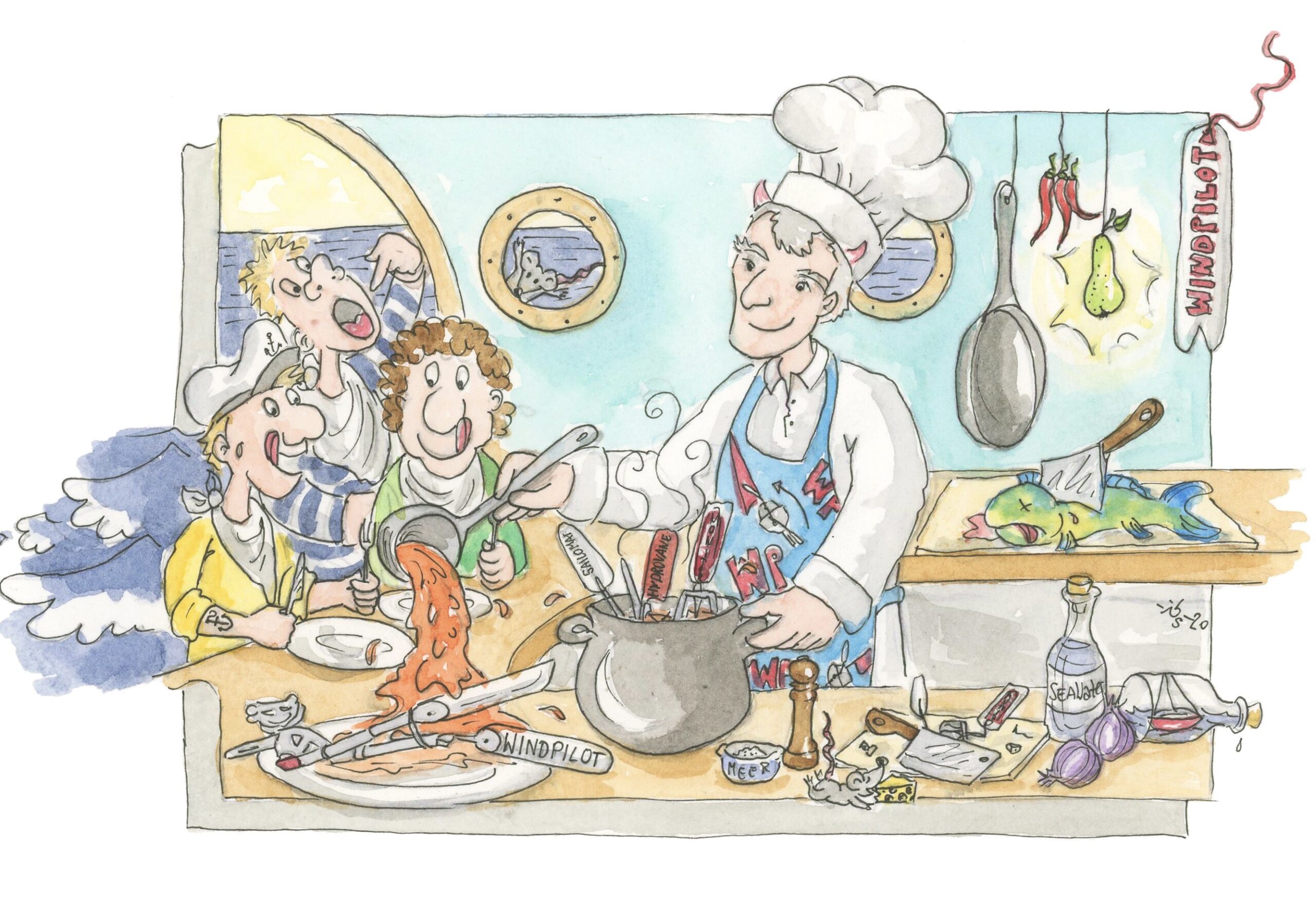 Morphy Blitz. That’s what they used to call me when I started my first job in 1964 helping the banana boat MS Pisang transport its yellow treasure from Ecuador to Japan. The rest of the crew really didn’t know what to make of me but I soon made up my mind about them and their profession and decided that a life on land had more to offer me after all. There followed education, training, study, soaking up and multiplying knowledge, fixing up cars and boats, importing, sailing – anywhere and anyhow – and doing whatever it took and takes to keep moving. Ideally forwards!
Morphy Blitz. That’s what they used to call me when I started my first job in 1964 helping the banana boat MS Pisang transport its yellow treasure from Ecuador to Japan. The rest of the crew really didn’t know what to make of me but I soon made up my mind about them and their profession and decided that a life on land had more to offer me after all. There followed education, training, study, soaking up and multiplying knowledge, fixing up cars and boats, importing, sailing – anywhere and anyhow – and doing whatever it took and takes to keep moving. Ideally forwards!
A few dozen boats have passed through my hands in that time, among them of course the yawl of destiny … that I traded in 1976 for a rusty key … that fitted the lock in a certain stable door near Hamburg … that opened to reveal my own personal paradise (such was my immediate response to taking on Windpilot). Since then I have entertained nary a doubt as to my calling and have remained firmly locked on target, surviving 220 stints in boat show purgatory, preparing sleepless nights for my competitors, watching them (watching me) and, for a long time, chasing satisfaction through the courts in the mistaken belief that being in the right always counts for something in the eyes of the law. Although I have accepted now that the courts do not necessarily see things the same way, I still believe that being in the right should count for something. Does that make me odd? It’s a question I ask myself time and again – and always answer in the same way: consistency comes naturally when opinions are strongly held.
Three times I have revisited the fundamental principles of windvane self-steering system design and construction, drawing on the lessons learned to compile books (and other musings) on the subject while relishing the life that springs from providing sailors with silent self-steering and the chance to sleep peacefully at sea. A success story, no less!
I build transom ornaments and I like people. Mechanical self-steering is a people business (in my case at least), with all the ups and downs that that entails. Dull moments are a rarity and the steady flow of excitement and new challenges provides insights aplenty, insights I hasten to commit to words just like my mother, who managed throughout her life always to find time to record her thoughts at her Continental typewriter. Things could go on like this more or less forever: it all rolls along so easily provided I manage to avoid entangling myself with those troubling souls who seem unable – or at least unwilling – to follow the simple rules that underpin harmony among the rest of us. I don’t mean to preach conformity of course but there is all the difference in the world between the black sheep peaceably choosing to follow his or her own path and the sort of character who treats everyone else as either an obstacle to be overcome or a mark to be fleeced.
It is the imponderables of human existence that fascinate me, that leave me by turns amazed, impressed, enthused, astonished and dismayed, that never cease to confound my expectations and broaden my understanding, that (like so many sliced onions) bring tears to my eyes – sometimes tears of joy, sometimes tears of nostalgia for those far-off pre-school days of which the behaviour I see reminds me (I keep making the mistake of assuming we have all grown up since then, but apparently not). I wonder at those people who blithely invent new rules for themselves in an effort, it would seem, to portray themselves as the centre of all things, the node through which all must pass. The driving force, I strongly suspect, is money.
Each to their own, of course, but we know how money can change people. Avarice – or perhaps we should call it “intense cost pressure” – has put an end to the friendly interaction and competition once typical of our business. The change, I fear, is permanent, a fact I very much regret. Windvane self-steering systems remain as central as ever to the bluewater dream though, so while I might look back fondly on kinder, gentler days, the market certainly continues to support my needs.
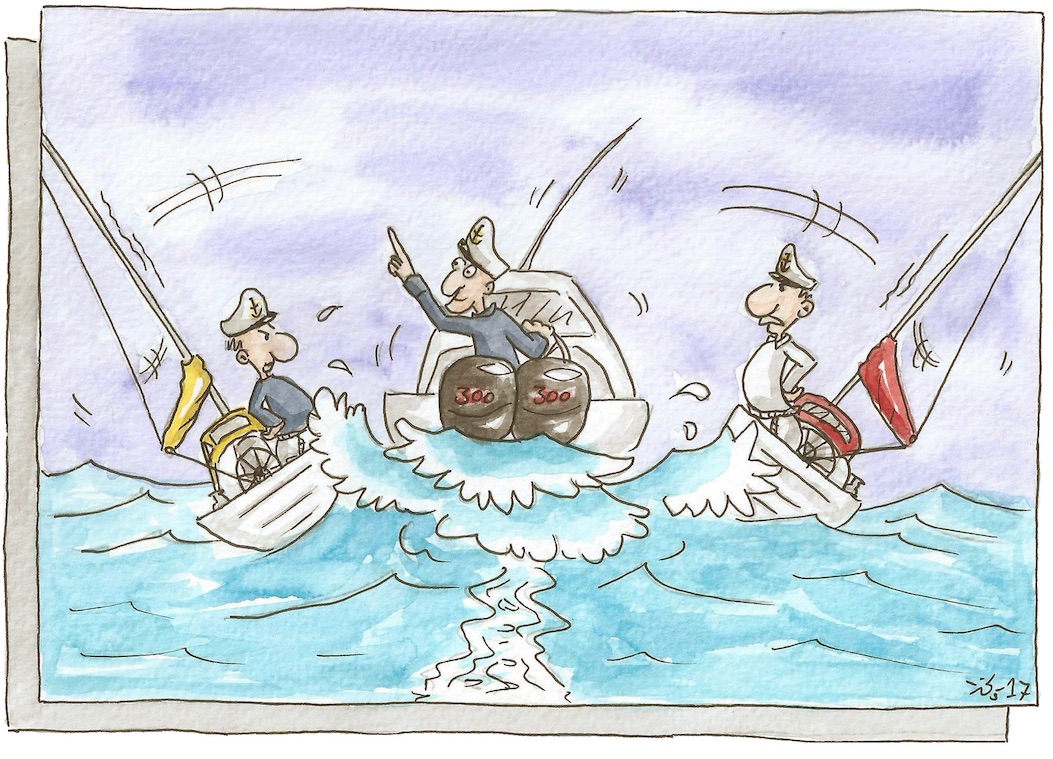 One of the big questions for a well-meaning purveyor of windvane self-steering systems such as myself is how to plot a prudent course between the rogue waves of clashing interests and the saw-toothed reefs of misinformation disseminated by the self-proclaimed experts of the nautical media. When it comes to press coverage, you see, there seems to be something of a demarcation line (see Press), a sort of omertà, in existence – with the twist that in this case, being on the outside, being the black sheep, is almost a badge of honour. Trying to survive on the inside must be a bumpy ride, especially for anyone who values their professionalism. Find a way to gain a glowing write-up and your brand may indeed race hare-like into the distance at first. Beware though the tortoise brand that relies for its marketing not on gloss, urgency and feeding the media monster but merely on the passage of time and the judgment of intelligent sailors (is there any other kind?) who are happy to form their own opinion and follow it. We know how this story ends!
One of the big questions for a well-meaning purveyor of windvane self-steering systems such as myself is how to plot a prudent course between the rogue waves of clashing interests and the saw-toothed reefs of misinformation disseminated by the self-proclaimed experts of the nautical media. When it comes to press coverage, you see, there seems to be something of a demarcation line (see Press), a sort of omertà, in existence – with the twist that in this case, being on the outside, being the black sheep, is almost a badge of honour. Trying to survive on the inside must be a bumpy ride, especially for anyone who values their professionalism. Find a way to gain a glowing write-up and your brand may indeed race hare-like into the distance at first. Beware though the tortoise brand that relies for its marketing not on gloss, urgency and feeding the media monster but merely on the passage of time and the judgment of intelligent sailors (is there any other kind?) who are happy to form their own opinion and follow it. We know how this story ends!
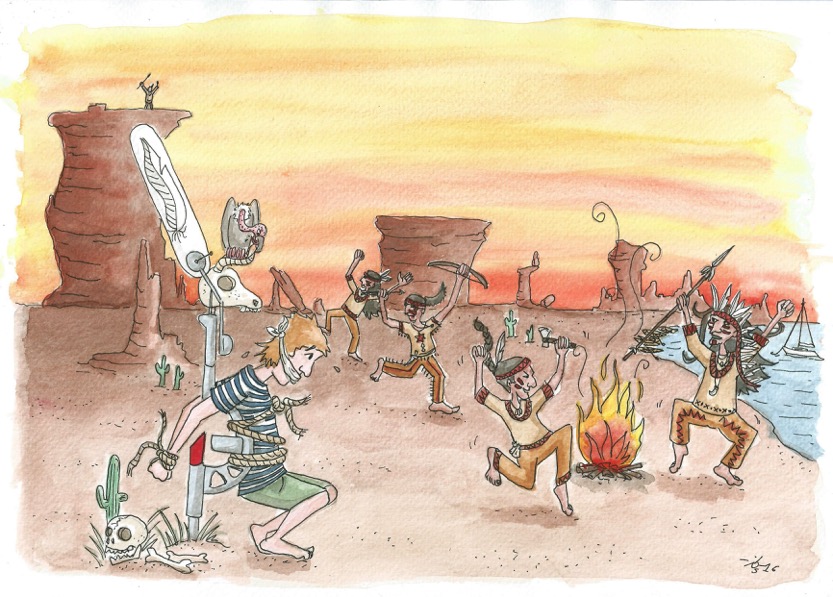 I suspect I am one of the last of the old guard in the marine business who looks after the welfare and marketing of his brand with his own hands (which makes sense given that I also take care of the entire value creation process myself, right down to tightening the last screw). Why would I want to risk good money (money that would have to be recouped through higher prices) on print or online ads when it works perfectly well to let my products speak for themselves? I am reminded of one freelancer I tried to help with a report who openly admitted to being unable to master the details of the technology but saw no reason why this trivial matter should come between him and his fee. Ouch!
I suspect I am one of the last of the old guard in the marine business who looks after the welfare and marketing of his brand with his own hands (which makes sense given that I also take care of the entire value creation process myself, right down to tightening the last screw). Why would I want to risk good money (money that would have to be recouped through higher prices) on print or online ads when it works perfectly well to let my products speak for themselves? I am reminded of one freelancer I tried to help with a report who openly admitted to being unable to master the details of the technology but saw no reason why this trivial matter should come between him and his fee. Ouch!
When sailing publications ask staff writers or freelancers to put together a report on the complex subject of transom ornaments (a subject never undeserving of closer consideration), I take it as a challenge to push the writer – on or off the record – in the direction of the real questions that need addressing. The effort is well worthwhile because inaccurate or incomplete reports create problems that I then have to iron out again in direct conversation with the misled, which is by no means my favourite way to pass the time. The upshot is that for many years, reports have been published that came into being with my willing and enthusiastic assistance: with editorial deadlines brutal and freelancers’ fees tending to the meagre, writers have little scope to conduct their own detailed research, so bringing a knowledgeable head aboard helps everyone. Sometimes the media prefer to avoid the thorny issues associated with self-steering and the self-steering business entirely, but this approach too is not without risks. Sailors don’t need magazines and websites to tell them of the importance of a good transom ornament but they are very likely to look to these sources for help in identifying a good transom ornament. And if such help is conspicuous by its absence? What then is the sailing public likely to conclude about the credibility of its media?
All of these thoughts flashed before my eyes once again in August 2020 when the editor of a well-known German sailing publication contacted me with a request for drawings, photos and sales figures to be used in a comparative survey of common windvane self-steering systems. Daring to suspect a new dawn in the editorial office, I wasted no time in promising my assistance. A friendly thank you was followed by silence on all channels – and I have still not heard a single word more on the subject. I did notice though that the chairman of the association behind the publication concerned resigned a few days after I received the initial request and ever since I have been tortured by the thought that somehow the decision to seek input from me, long a thorn in the side of the organisation concerned, had triggered ructions. Muddying the waters further, I had a request for support (which I was happy to provide) from octogenarian German offshore legend Wolfgang Quix at about the same time:
Recently, a professional journalist of my acquaintance who also happens to be a Windpilot customer shared with me a very revealing insight. There is still, I was told, a very clear distinction between proper journalism and PR: journalism today strives to expose to public scrutiny what those in power (corporations, governments, politicians etc.) would prefer to keep concealed from view. What passes for journalism in our world of sailing, I was assured, is very much PR – public scrutiny has no place here. The person concerned intends to devote himself to sailing from now on, explaining, with feeling, “35 years is quite enough!” I am still puzzled though. Have I been tilting at windmills all this time? Have I spent two decades arguing for no good reason at all that readers have a right to expect the publications they support to conduct thorough investigations into serious matters that affect their readers’ interests? I suppose the facts speak for themselves.
Regurgitating press releases is an easy and inexpensive way to provide content, no doubt, but replacing proper journalism, research, reliable facts and useful information with rehashed PR puff-pieces does readers and sailors no favours. Whether this trend can still be reversed is doubtful: even if it were possible to brake the cost-cutting juggernaut, would the readership still be there to appreciate the change? Other sources of expertise are available!
Phyllis Nickel, who edits and publishes the Attainable Adventure Cruising website together with her husband Phyllis Nickel, die Frau “>John Harries, reminded me a few months ago that she has to make her living selling information, whereas I have a physical product to market and am therefore starting from a much stronger position. Thinking about it like that I almost feel guilty…
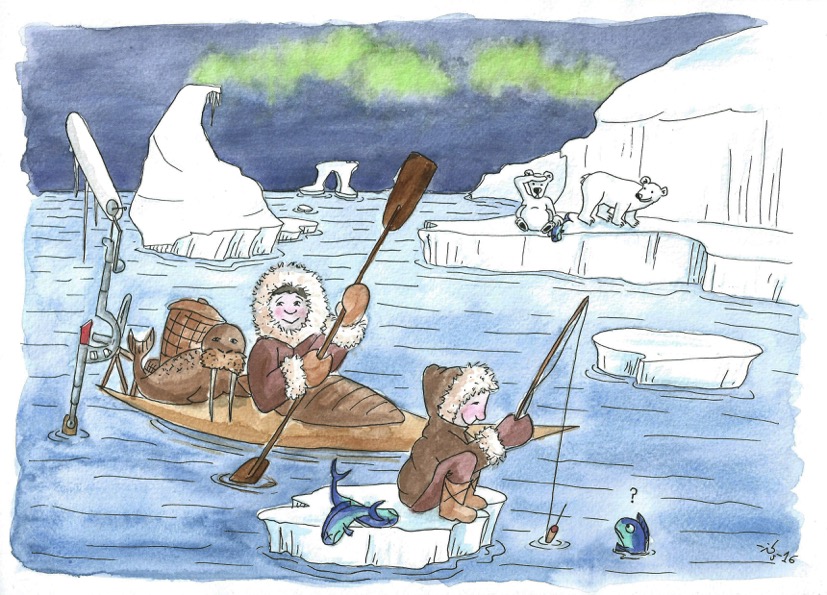 Really though the strength of my position, such as it is, stems from nothing else but my transom ornaments, which have been quietly getting on with the job for decades. Effective self-steering makes sailors happy – and happy sailors have a wonderful habit of sharing the secret of that happiness with the rest of the global cruising community. All I have to do is trust that for as long as the cause remains the same, the effect will too. The cycle has developed a momentum of its own and since I am enjoying the ride, why not stick with it?
Really though the strength of my position, such as it is, stems from nothing else but my transom ornaments, which have been quietly getting on with the job for decades. Effective self-steering makes sailors happy – and happy sailors have a wonderful habit of sharing the secret of that happiness with the rest of the global cruising community. All I have to do is trust that for as long as the cause remains the same, the effect will too. The cycle has developed a momentum of its own and since I am enjoying the ride, why not stick with it?
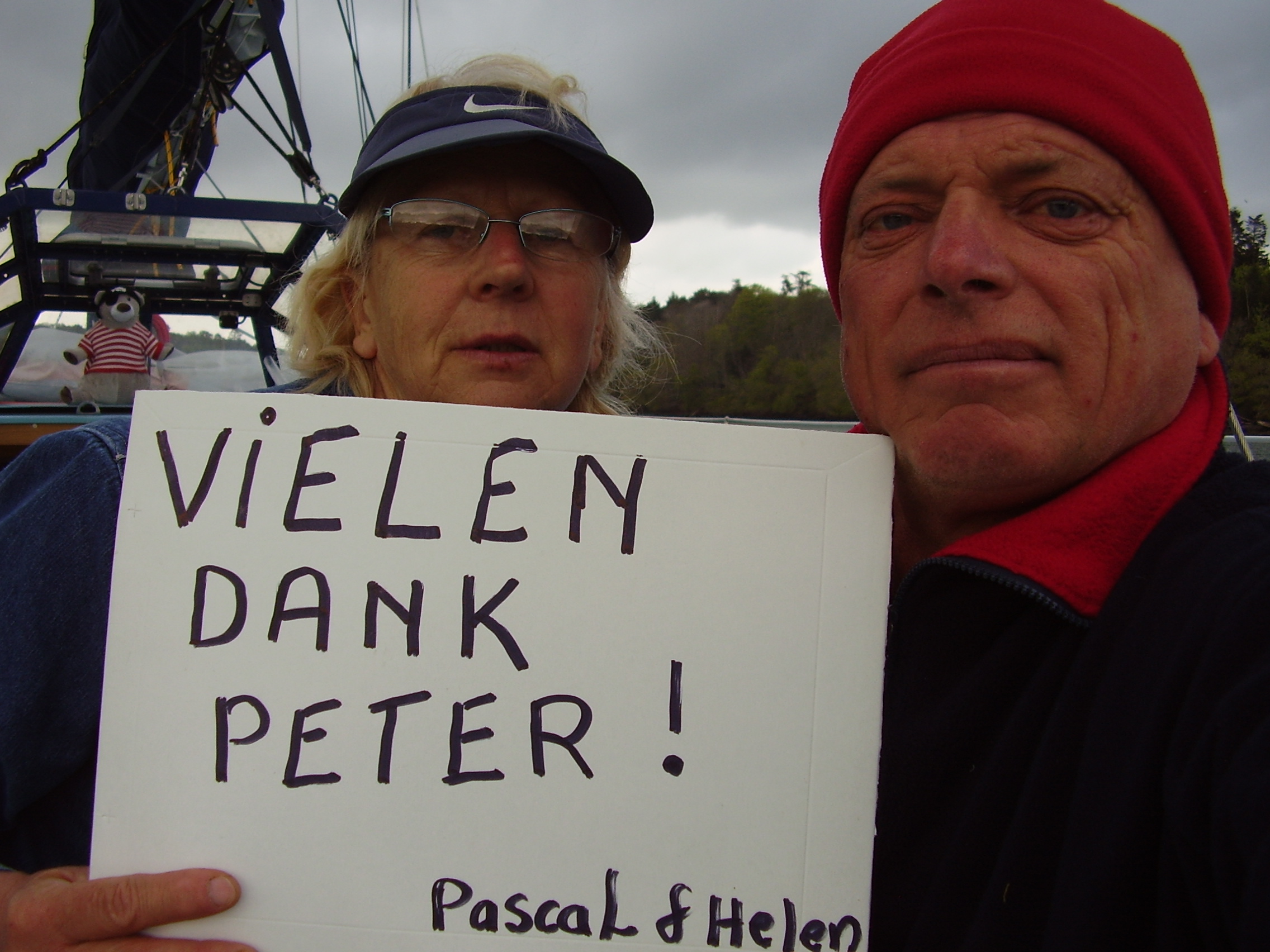 And yet … and yet there is still some friction in the system. Why? Because there are still some people who fail to understand the importance of respect, who cannot help but try offering me association with the purported power of their name in exchange for my product rather than just paying the invoice like everyone else. Because, in short, I still have chancers offering me the golden opportunity to have them endorse my brand to the world. I want the best for Windpilot and they want self-steering without paying for it. How can that work when the best possible endorsement a product can have is people choosing to pay good money for it? What costs nothing is worth nothing, as my grandfather would have put it.
And yet … and yet there is still some friction in the system. Why? Because there are still some people who fail to understand the importance of respect, who cannot help but try offering me association with the purported power of their name in exchange for my product rather than just paying the invoice like everyone else. Because, in short, I still have chancers offering me the golden opportunity to have them endorse my brand to the world. I want the best for Windpilot and they want self-steering without paying for it. How can that work when the best possible endorsement a product can have is people choosing to pay good money for it? What costs nothing is worth nothing, as my grandfather would have put it.
We pay the cost of providing access to effective self-steering – and what value we gain in return: thousands of sailors all over the world spreading the word and creating fertile ground for the ongoing growth of my brand, a wonderful return for a man who has spent 45 years working for precisely this outcome and continues to head for the workshop with pleasure every day despite having reached the qualifying age for his merchant navy pension ten whole years ago.
Happy customers, happy Windpilot!
11.04.2021
Peter Foerthmann

































